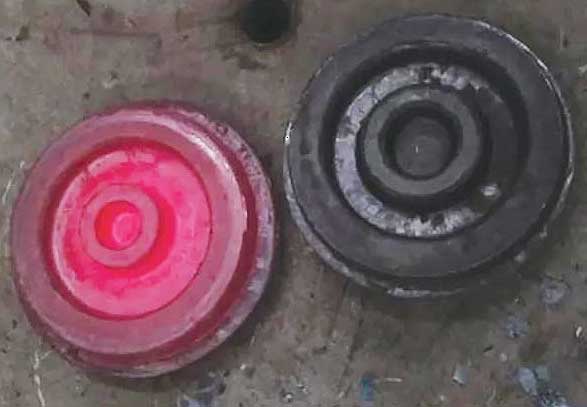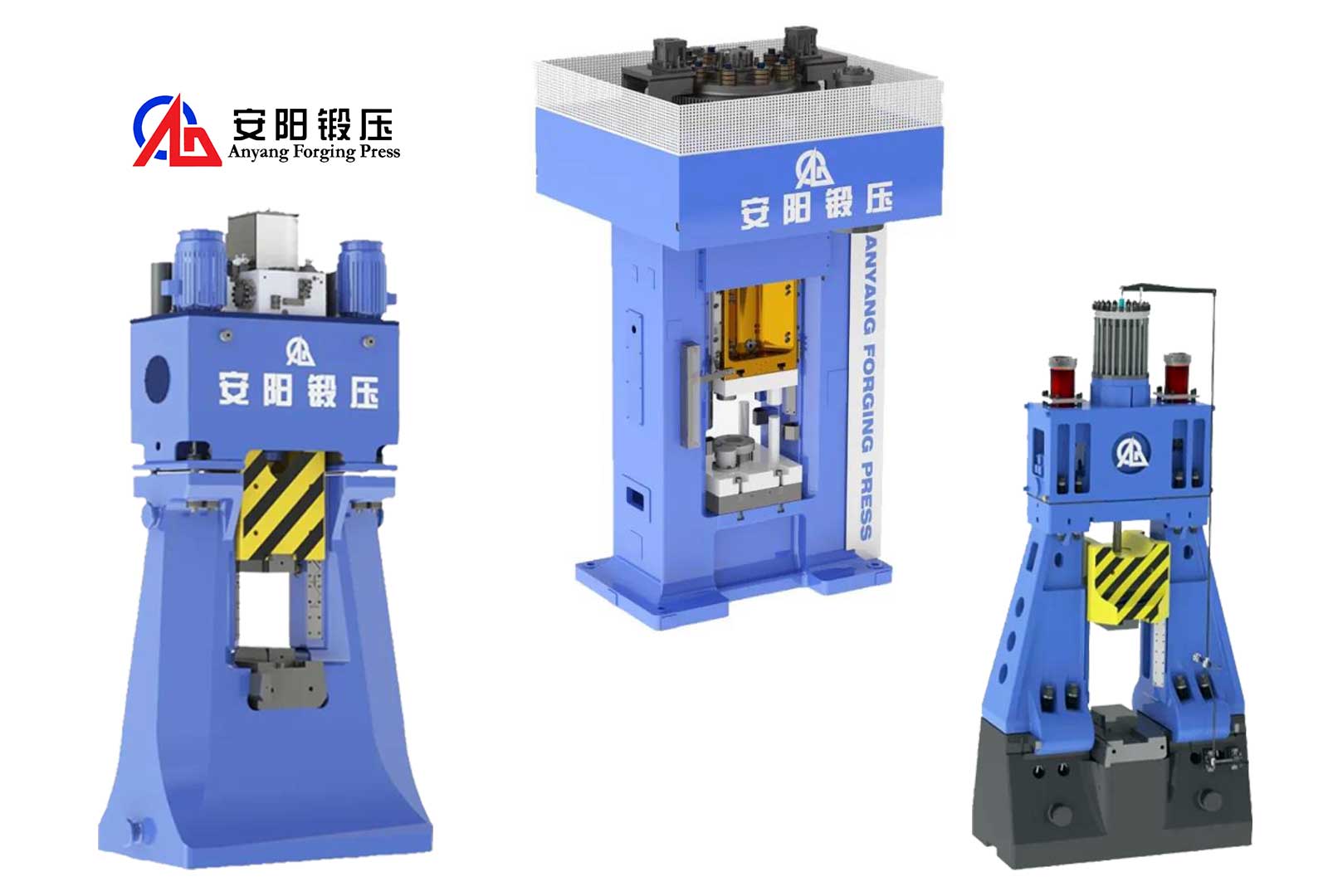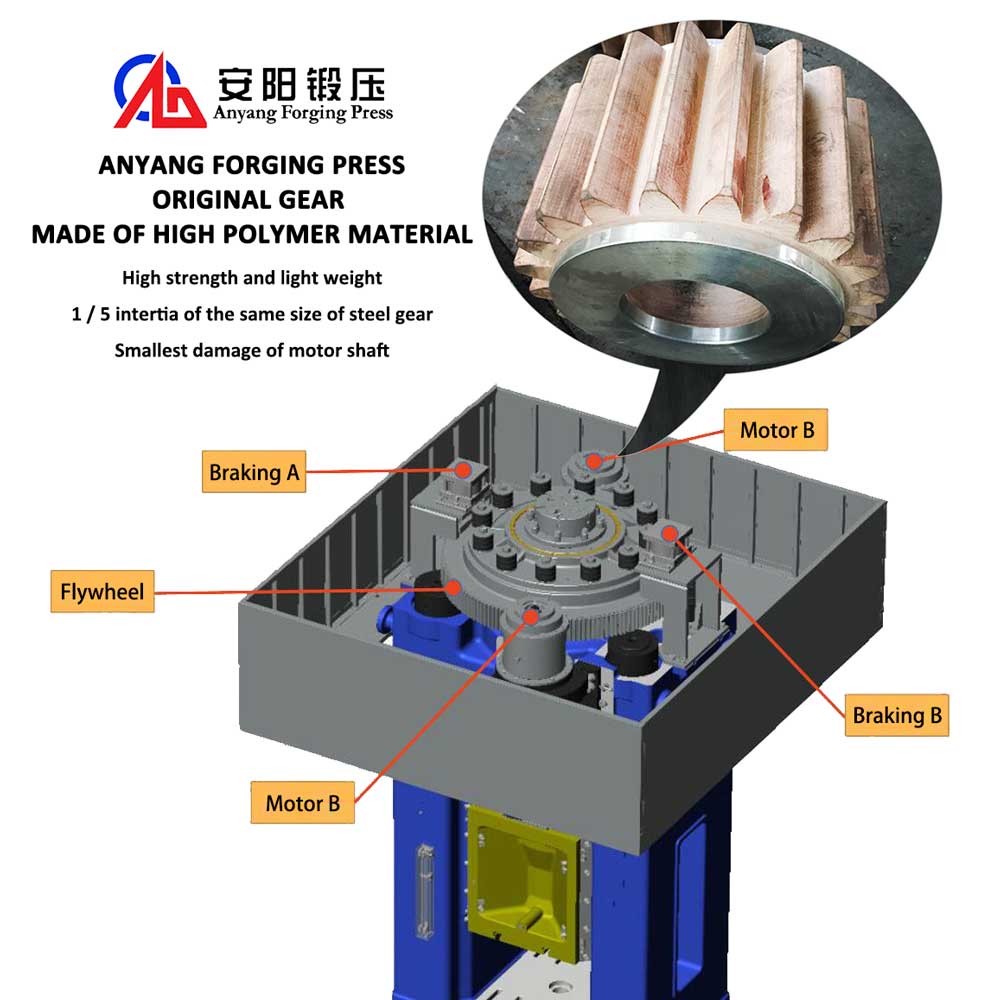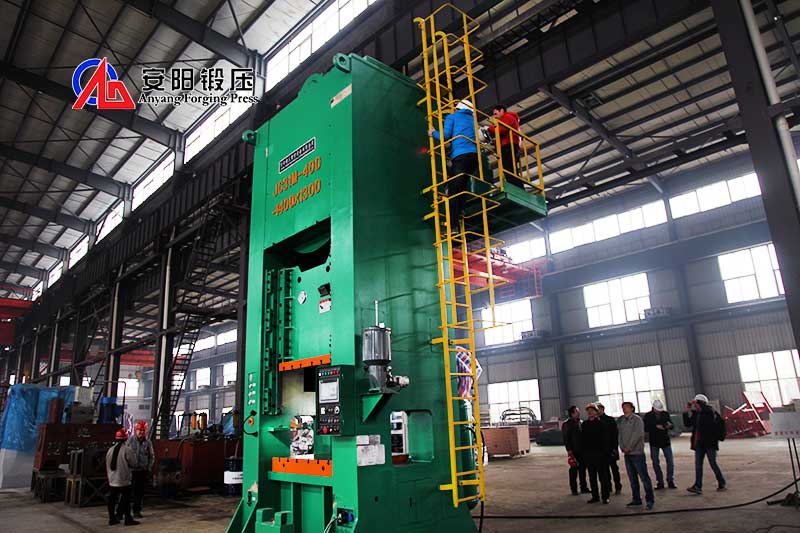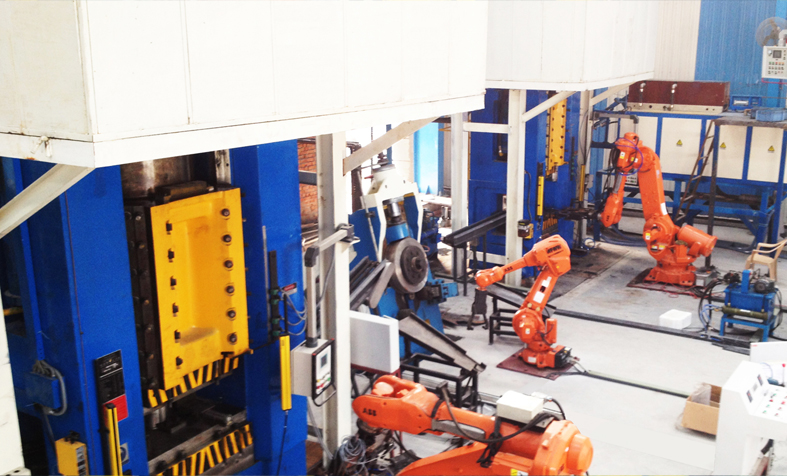Requirements of the Exsiting Forging Machine
Forging automation modernization, in most cases is to modernize the old forging equipment, the main purpose is to achieve the forging parts automatically transferring between different stations. Therefore, all the equipment on the forging line must communicate with the manipulator used to carry the forging parts, appoints the sequence of actions, so that the line can be automated. In other words, all the forging equipment on the production line must be electrically operated and can be communicated with the robotic arm and other devices on the line.
In order to ensure the safety of the equipment, the equipment must provide the access point signal to the robot or the robot arm. Sometimes, in order to improve the efficiency, it is necessary to provide the position of the slider (or other working mode), in order to quickly find the entry point that allow the equipment arm enters into.
Old forging equipment includes punching press with rigid clutch, friction press, old technology hydraulic hammer, forging roll machine without clutch. If modernize these machines to automatic, firstly, the problems we need to solve is to change the operation mode from manually to electronic control; then modernize the access point of the mechanical arm, usually we need to use the upper limit position as the signal source, or we can also convert the linear motion of the slider to the encoder signal for continuous output.
Forging process, is a metal deformation in the mold process. In the deformation process, the forging parts maybe sticky or jumped from the die, whether it is sticky or jumped from the die, it will be difficult for the robot to grab the forgings accurately, in this case, it is impossible to realize automated. The way to solve this problem is to set the ejector on the old equipment, maybe some forgings need to set bottom die ejector, others need to set top and bottom ejector. So, modernize the ejector is one of the main job for the forging automation modernization. Speaking of the ejector modernization, we can modernize the equipment or modernize the dies. The kinds of ejector include:
- Hydraulic ejector
- Pneumatic ejector
- Mechanical scissors
- Pneumatic-hydraulic pressurized ejector (smaller size, getting a larger ejecting force)
The movement direction of the ejector rod is same with the direction of movement of the equipment. Generally, the ejector cylinder is arranged vertically with the bottom of the table and the slider, but sometimes it can also be arranged in parallel, the movement direction is changed by the related mechanical structure.
The Grasping Point for the Manipulator
After done above functions, the most critical problem of forging automation is to accurately locate the robot's grasping position, usually for the symmetry parts, such as gears, bearing rings and so on, it is easy for the robot to grasp forging. But for the special parts, how to grasp the forgings accurately is a problem, it will even determine whether the automation successful or not.
Forging robot is usually designed with two-finger, it is easier to achieve, but for special forgings, perhaps three-finger or four-finger type is more appropriate. At present, this special cylinder has been mass production, a reasonable choice can solve some problems.
Some forging, if really no place to grasp, we need to design the raised or concave parts as the grasping point, of course, the raised or concave parts can not be designed on the body of the forgings, it should be placed on the removable part.
Forging Dies
The necessary condition for the forging automation is mass production and small varieties, it requires the dies must have enough long life, otherwise, changes dies frequently in one shift no meaningful. In addition to a reasonable die structure, good heat treatment, smooth die surface, good die material is also a decisive factor.
Good die design, generally ensure the forgings to stay in the bottom die, so in this case, if use the bottom ejector, it will be easy for robot to grasp. Usually we need to design the drawing angle of dies, and sometimes we also need to change the location
of the parting die surface, deep bottom cavity, these designs can solve most problems, if failed, we must use the top ejector.
Heating Furnace
Heating furnace, must be able to achieve automation, the biggest problem affecting automation is sticky phenomenon, it means two or more materials stick together. The cause of this problem is mainly the oxide skin or sawing leftover melting by high temperature, because the furnace temperature is too-high ( temperature inside the furnace is more than 1350 degrees). In this case, it is necessary to remove the sticky material. If heating continuously and production in certain cycle, the sticky phenomenon rarely happens. The sticky problems usually happens at the beginning of production and when the production cycle is disrupted for some reason.
Forgings Transfer
Normally, in low cost automatic line, no matter the forgings is handled by the robot or not, the monitor is by manual. If the forgings not handled correctly, sometimes it may damage to the die, seriously may damage to the equipment. To solve this problem, the best way is to increase the visual system or use the infrared temperature measurement system to monitor whether the forgings stay in wrong place or not.

